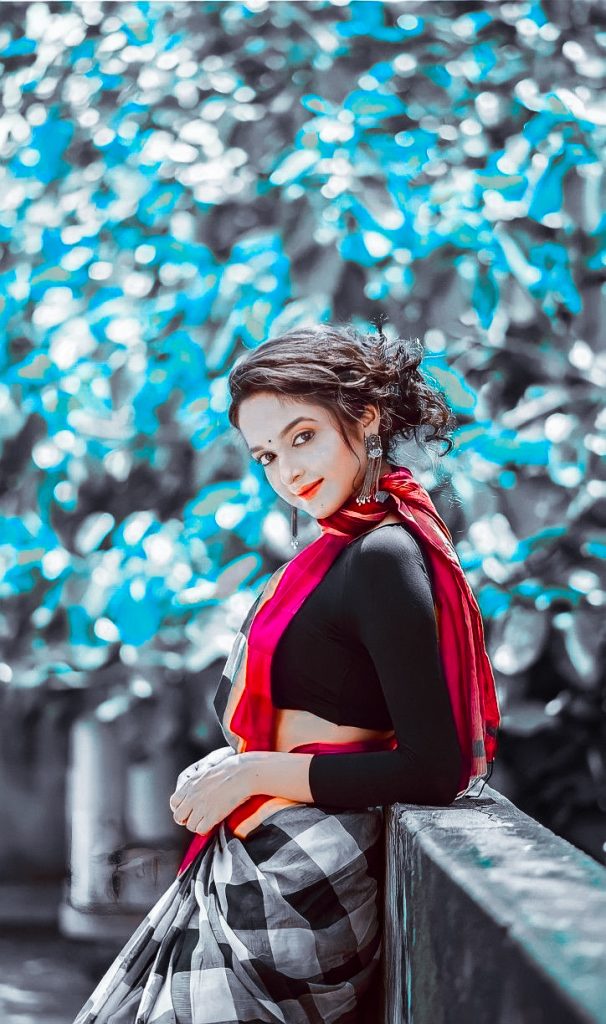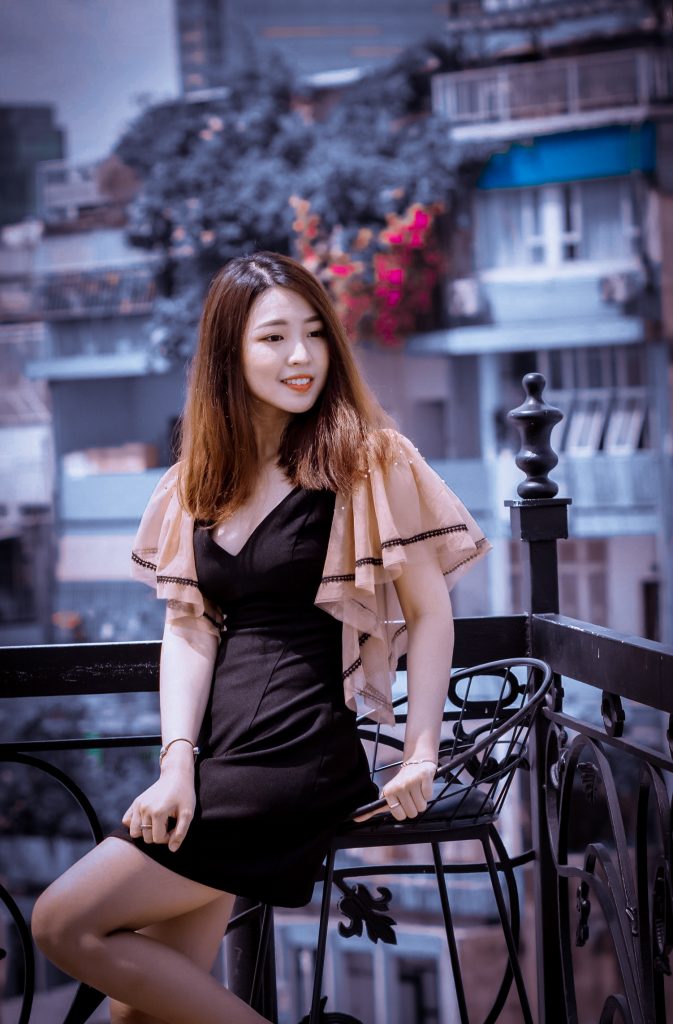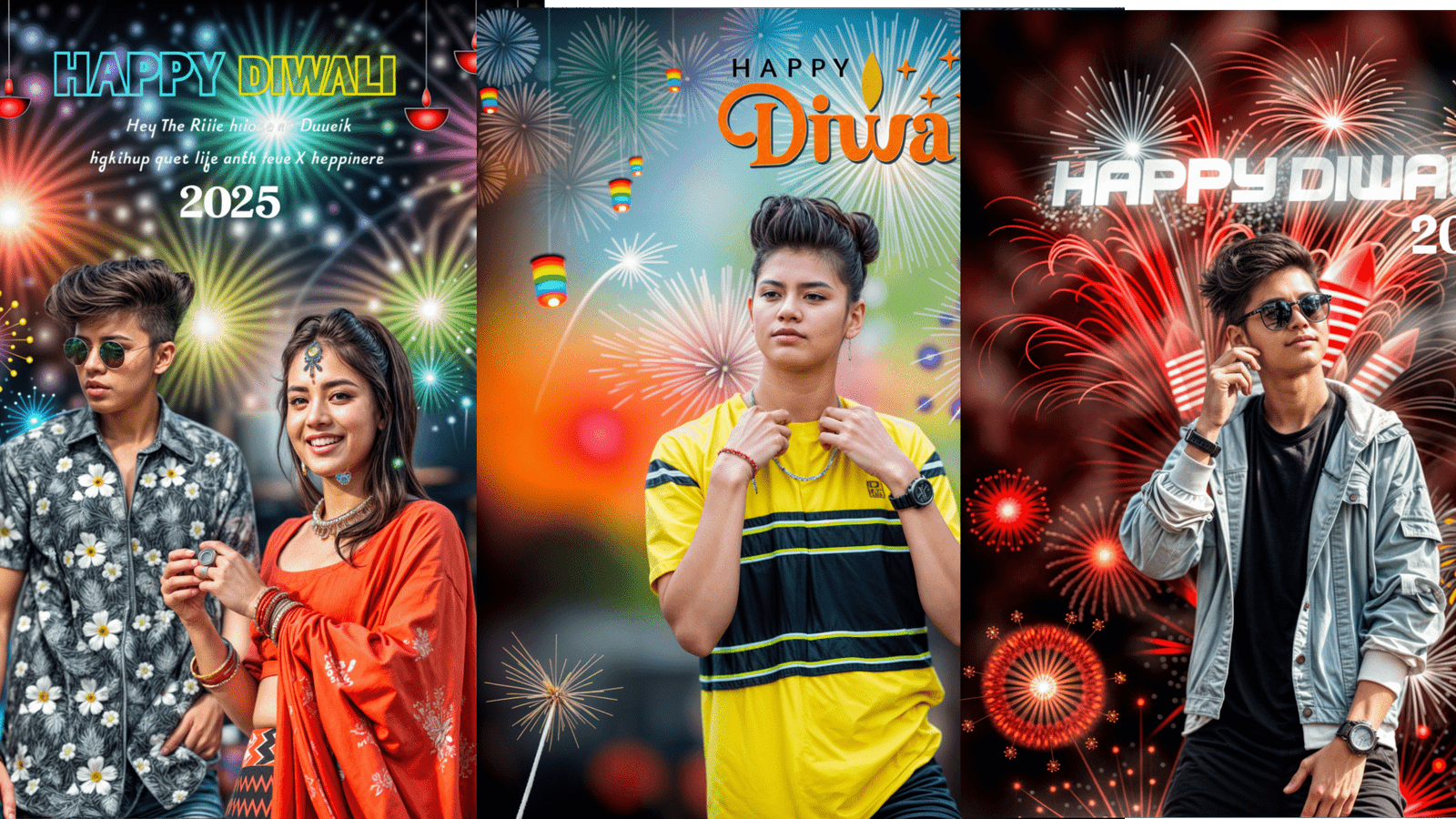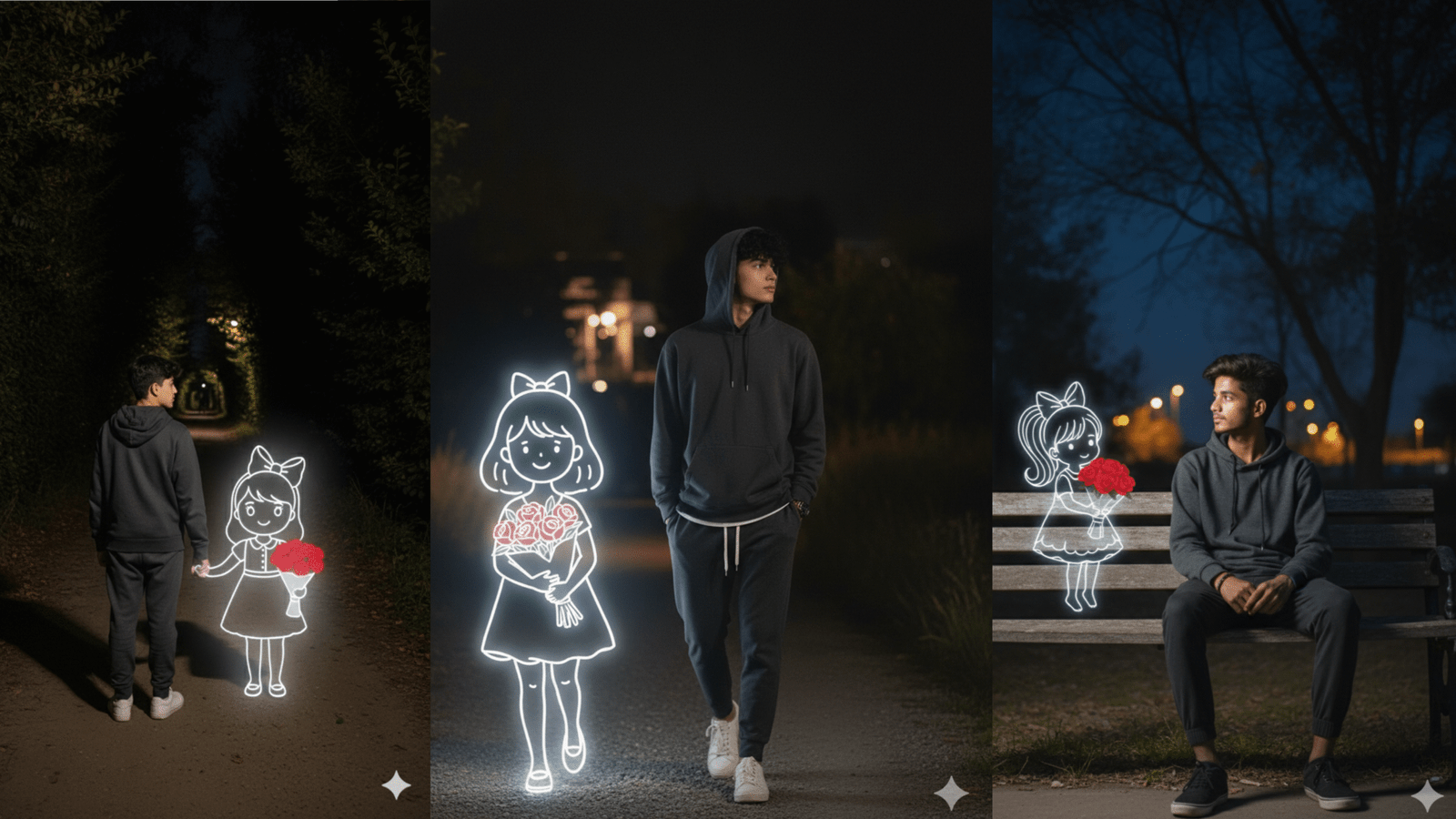Color is the soul of photography, evoking emotions, setting moods, and shaping narratives. In the digital age, Lightroom has become the go-to tool for photographers seeking to master color grading. Among its arsenal of features, Lightroom color grading presets stand out as powerful shortcuts to achieving stunning and consistent color palettes. This article delves into the world of Lightroom color grading presets, exploring their benefits, usage, and the art and science behind their creation.
Understanding Color Grading and Its Importance
Color grading goes beyond basic color correction. It’s the process of creatively manipulating the colors in an image to achieve a specific aesthetic or mood. This involves adjusting hues, saturation, luminance, and applying various color effects. Color grading is crucial for:
- Establishing a Visual Style: Creating a unique and recognizable look for your photography.
- Evoking Emotions: Using color to convey specific feelings and moods.
- Enhancing Storytelling: Supporting the narrative of your images through color.
- Creating Consistency: Maintaining a uniform color palette across a series of photos.
The Power of Lightroom Color Grading Presets

Lightroom color grading presets are pre-configured settings that automate the color grading process. They contain adjustments to various color-related parameters, allowing users to apply complex color grades with a single click. Benefits include:
- Time Efficiency: Presets significantly reduce the time spent on manual color adjustments.
- Consistency: Applying the same preset ensures a uniform look across multiple images.
- Creative Exploration: Presets offer a starting point for experimenting with different color palettes.
- Learning Tool: Examining preset settings can help users understand the intricacies of Lightroom’s color grading tools.
Types of Lightroom Color Grading Presets
Lightroom color grading presets come in various styles, catering to diverse photographic genres and aesthetics:
- Cinematic Presets: Mimic the color grading of films, often featuring deep shadows and rich colors.
- Vintage Presets: Recreate the look of film photography, with faded colors and warm tones.
- Moody Presets: Emphasize dark tones and muted colors, creating a dramatic atmosphere.
- Minimalist Presets: Focus on subtle color adjustments and clean aesthetics.
- Portrait Presets: Enhance skin tones and create flattering color palettes for portraits.
- Landscape Presets: Emphasize natural colors and create vibrant landscapes.
Finding and Using Lightroom Color Grading Presets
- Online Marketplaces: Platforms like Creative Market and Etsy offer a wide selection of paid and free presets.
- Photographer Websites: Many photographers share their custom presets on their websites.
- YouTube Tutorials: YouTubers often provide links to their favorite presets in their video descriptions.
- Installation: Presets can be easily imported into Lightroom’s Develop module.
- Customization: Presets are a starting point. Fine-tune them to match your image and personal style.
The Art and Science of Creating Color Grading Presets

Creating effective color grading presets requires a blend of artistic vision and technical understanding:
- Understanding Color Theory: Knowledge of color relationships, harmonies, and contrasts is essential.
- Analyzing Image Characteristics: Consider the image’s lighting, subject matter, and intended mood.
- Experimenting with Adjustments: Explore Lightroom’s color grading tools, including HSL, Tone Curve, and Color Grading panel.
- Creating Variations: Develop multiple variations of a preset to suit different image characteristics.
- Testing and Refining: Apply the preset to a variety of images and refine the settings as needed.
Best Practices for Using Color Grading Presets
- Understand the Preset’s Purpose: Know the intended aesthetic and apply it to suitable images.
- Adjust Exposure and White Balance: Ensure your image has a proper exposure and white balance before applying a preset.
- Fine-Tune Settings: Don’t rely solely on the preset. Make adjustments to suit your image.
- Use Presets as a Starting Point: Presets are tools, not magic solutions.
- Maintain Consistency: Use a consistent color palette across your portfolio.
- Respect Copyright: Avoid distributing paid presets without permission.
The Future of Color Grading
Color grading technology is continuously evolving, with AI-powered tools and enhanced color management capabilities. Lightroom color grading presets will remain a valuable asset for photographers seeking to elevate their images and streamline their workflow.
Conclusion
Lightroom color grading presets are powerful tools that can transform your photography. By understanding their benefits, usage, and the art and science behind their creation, you can unlock the full potential of color grading and achieve stunning visual results. Remember to use presets ethically, customize them to suit your style, and continuously refine your color grading skills.











